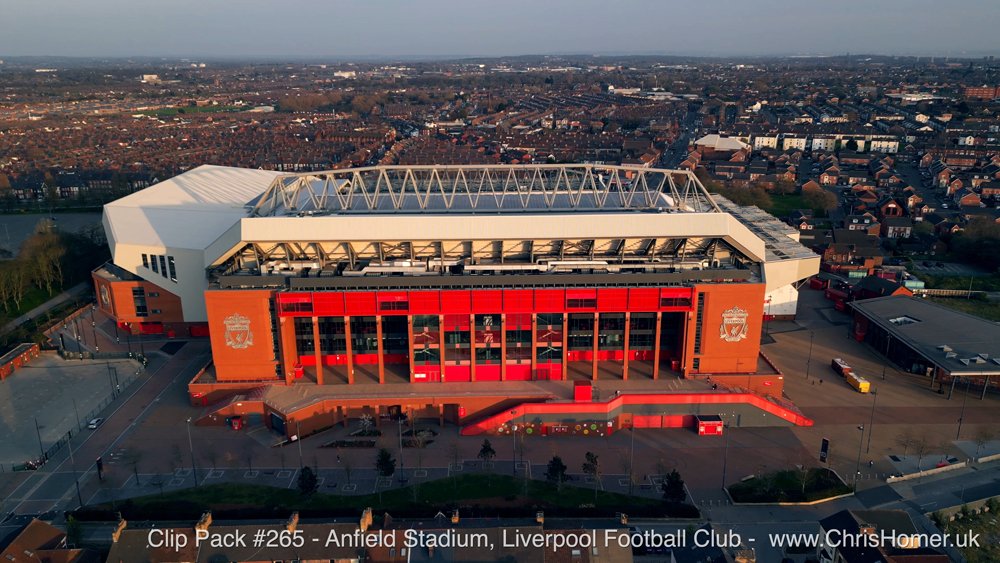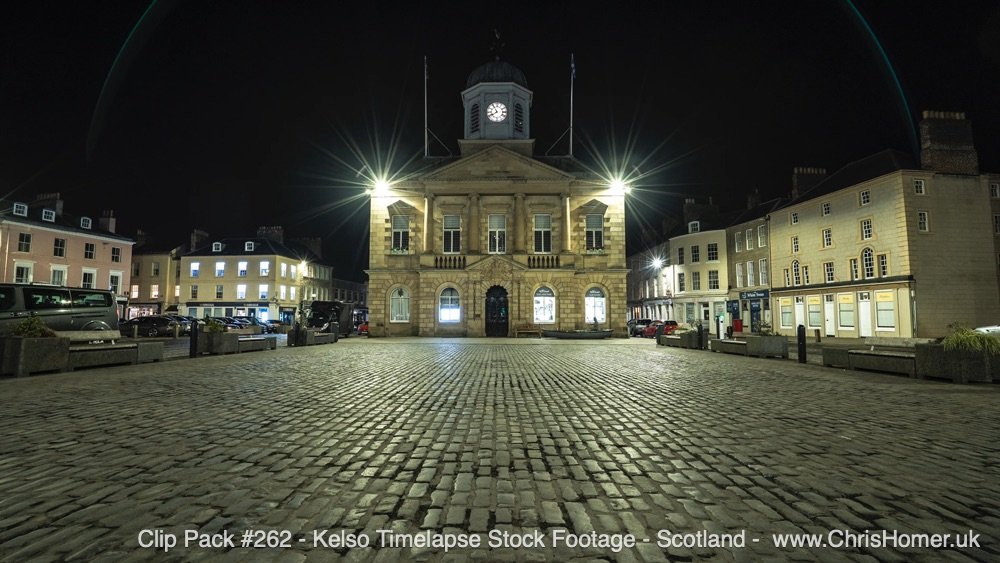Where Can I Find Stock Footage for Videos?
So, you need stock footage for your video project. Whether it's a documentary, a TV commercial, a corporate presentation, a social media campaign, or even a feature film, incorporating high-quality B-roll and establishing shots is often essential. The question is, where do you actually find good stock footage?
As a professional cameraman with over 17 years in the broadcast industry, I've both shot footage that ends up in libraries and sourced footage for my own edits. The landscape has changed dramatically over the years. While the internet offers seemingly endless options, navigating them to find the right footage – authentic, high-quality, properly licensed, and within budget – can be a real challenge.
You might type "stock footage" into a search engine and be instantly overwhelmed. Giant platforms dominate the results, but are they always the best choice? Let's break down some of the primary options available to creators today.
1. Directly From Independent Creators (Like Me, Chris Homer!)
Okay, call it a shameless plug if you like, but hear me out, because I genuinely believe this is often the best option for discerning creators, especially those needing authentic UK-focused footage for broadcast television productions.
Who is this for? Producers, editors, filmmakers, and agencies looking for unique, high-quality, professionally shot footage with straightforward licensing, often with a specific regional focus (like the UK).
What I Offer: Instead of contributing to massive, impersonal libraries, I curate my own extensive collection of 4K UHD stock footage, primarily focused on the UK but also including international locations from my travels. This footage is captured during dedicated filming trips and professional assignments using high-end drones, gimbals, sliders, timelapse techniques, and broadcast-quality cameras.
The Advantages:
Authenticity & Unique Perspective: You're getting footage captured by someone (me!) with decades of real-world experience in diverse and often challenging environments – from remote mountainsides in Snowdonia to bustling city centres like Birmingham or Manchester, and even covering major events or industrial sites. It’s not staged; it’s captured with a professional eye for detail, light, and composition, often showcasing perspectives you simply won't find on the mega-libraries.
Professional Quality as Standard: I shoot and deliver primarily in 4K UHD. Unlike many platforms where 4K costs significantly more, it's included as standard in my pricing. You get broadcast-ready quality without the premium markup.
Simple, Broad Licensing: This is a big one. My licensing is designed to be clear and fair for professional use. You pay once for a clip pack (or library) and get royalty-free use for TV, film, online, and commercial projects with no restrictive circulation limits. No complicated tiers, no extra fees for broadcast use – it saves you time, budget, and potential legal headaches. (Standard T&Cs apply, of course – things like no resale as stock, no AI training etc.).
Curated Collections: Instead of wading through millions of clips, my footage is organised into logical, themed Clip Packs (e.g., "Anfield Stadium Drone Footage," "Autumn Foggy Woodland Scenes," "HS2 Construction") and now comprehensive Libraries (like the "Ultimate Library" with lifetime updates). This makes finding relevant footage much faster and easier.
Support Independent: You're purchasing directly from the creator, supporting an independent UK cameraman and their family, rather than a large corporation. You get a personal touch and access to footage often born from passion projects and deep local knowledge.
The "Catch"? My library, while extensive (over 13,000 clips and growing!), doesn't have the sheer volume of everything like the giant platforms. My focus is primarily UK-based, although I do have footage from places like Tokyo, Jakarta, Finland, etc. If you need a very obscure shot from halfway across the world, I might not have it. But for high-quality, authentic UK footage, particularly landscapes, cities, infrastructure, and specialist shots (like drone work or timelapses), I believe my offering is unparalleled in terms of quality, licensing, and value.
Where to find me: www.ChrisHomer.uk
2. Large Corporate Stock Agencies (e.g., Shutterstock)
These are often the first places people think of, and for good reason – they are enormous.
Who is this for? Creators needing a vast volume of choice covering almost any conceivable topic, often prioritising speed and a wide range of styles (including illustrations and photos, not just video).
The Advantages:
Massive Volume: Millions upon millions of clips covering virtually everything imaginable, from global locations to abstract concepts. If you need something quickly on almost any topic, you'll likely find it here.
Variety of Styles: You'll find everything from high-end cinematic shots to simpler, more corporate-style clips, animations, and user-generated content.
Advanced Search: Their platforms usually have powerful search filters to help narrow down the options.
The Potential Downsides:
Generic Feel: With so much content, a lot can feel generic, overused, or lacking in unique character. Finding truly standout, authentic footage can take significant time and effort.
Complex Licensing: Licensing can be tiered and confusing. Standard licenses often don't cover large audiences or broadcast use without significant extra cost. 4K resolution frequently commands a premium price. You need to read the fine print very carefully.
Cost: While subscription models exist, licensing individual clips for broadcast or high-resolution use can become very expensive quickly.
Impersonal: You're dealing with a large corporation, not the individual creator behind the lens.
3. Video-Focused Stock Platforms (e.g., Pond5)
Pond5 is another major player, often seen as more focused specifically on video creators compared to platforms that also heavily feature photos and illustrations.
Who is this for? Video editors, filmmakers, and production companies looking for a large library dedicated primarily to moving images.
The Advantages:
Large Video Library: A huge collection focused specifically on video footage, potentially making relevant searches slightly easier than wading through mixed media.
Contributor Variety: Hosts footage from a wide range of contributors globally.
Pricing Options: Offers various purchasing options, including individual clips and sometimes subscriptions or credits.
The Potential Downsides:
Quality Variability: As with any large platform sourcing from many contributors, quality can vary significantly.
Licensing Complexity: Similar to other large platforms, you need to carefully check the license terms for your specific intended use (broadcast, audience size, resolution), as extra fees often apply.
Can Still Feel Generic: While video-focused, the sheer volume means finding truly unique or regionally authentic footage (like specific UK locations shot with local knowledge) can still be challenging compared to a curated specialist library.
Cost: High-quality clips, especially with extended licenses for broadcast or 4K, can still be costly.
Making the Right Choice for Your Project
So, where should you find stock footage for your videos? The best answer depends on your specific needs:
Need maximum choice on any global topic, fast, and budget/licensing complexity isn't the primary concern? A large platform like Shutterstock might be your first port of call.
Need a vast video library and prefer a platform focused mainly on motion? Pond5 could be a good option to explore.
Need authentic, high-quality, professionally shot footage, particularly with a UK focus? Want straightforward licensing that includes 4K and broadcast use without hidden fees? Value unique perspectives and supporting independent creators? Then exploring a direct source like my library at www.ChrisHomer.uk is likely your best bet.
Ultimately, sourcing stock footage is about finding the right balance between choice, quality, authenticity, budget, and licensing clarity. Don't just default to the biggest names. Consider the story you're telling, the atmosphere you want to create, and the value offered by different providers. Sometimes, the most compelling footage comes not from the largest library, but from the creator who truly knows the subject and captures it with passion and expertise.














